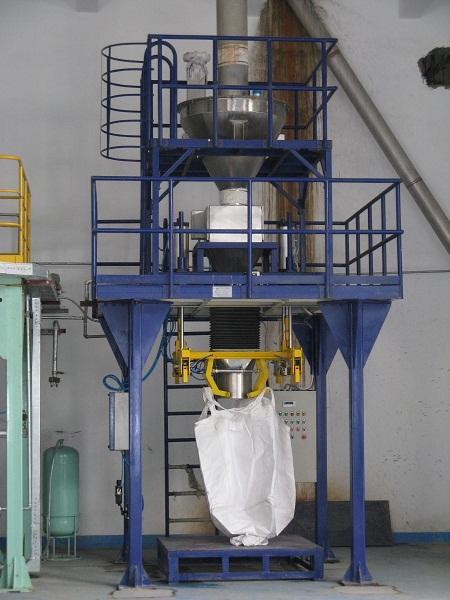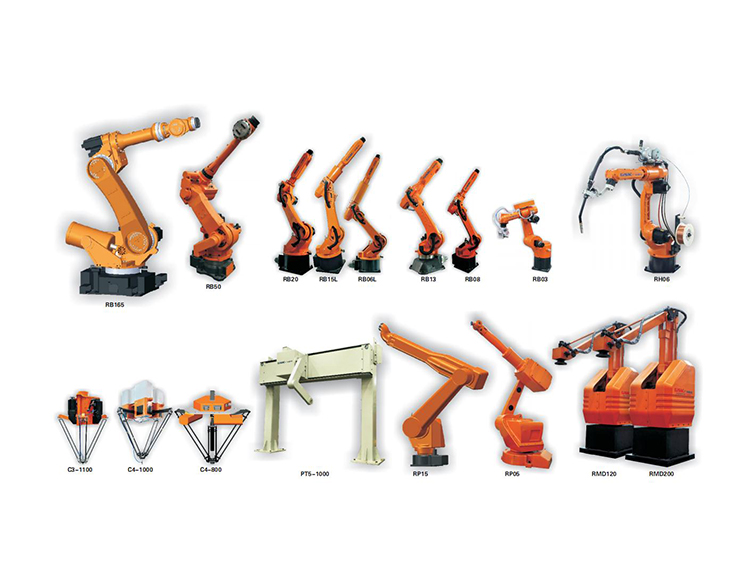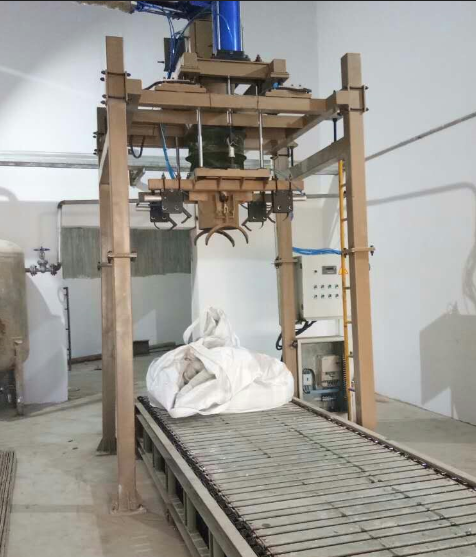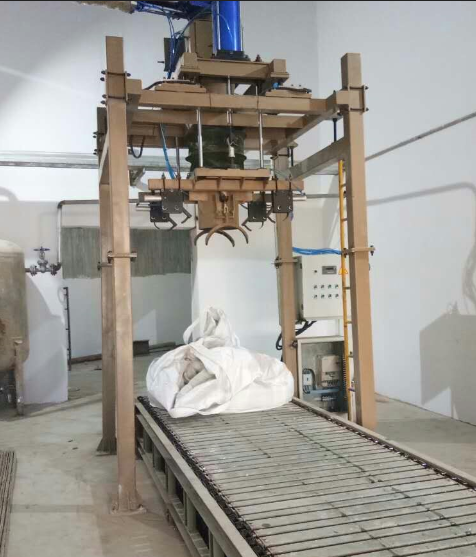Automatic quantificationTon bag packaging machineDebugging method:
(1) Adjust unloading
The weight of 10kg is placed on the two bearing points of the weighing bucket. When the weighing shows "positive difference", adjust the sensor output to the downward direction; when the weighing shows "negative difference", adjust the sensor output to increase. For example, when the output of the L/c-1 sensor decreases, a set of trimming resistors (initial value 10 ohms) related to the L/c-1 will rotate to the left by the same amount of rotation. Rotate to the right (clockwise), the resistance value decreases, and the display value increases (plus sign); rotate to the left (counterclockwise), the resistance value increases, and the display value decreases (indicated by "-"). Note: When fine-tuning the resistor rotation, if the rotation amount of the two resistors in each group is inconsistent, it will be difficult to adjust. Therefore, the rotation amount of the trimming resistor in each group of sensors should be as consistent as possible, and the absolute value of the error of each key should not exceed 10g.
(2) Weighing adjustment
Adjust the weighing according to the calibration procedure in the manual of the weighing display controller. During the verification process, from 0 to the maximum point in increments of 0kg, 40kg, 70kg, 90kg, 100kg, the error does not exceed 10g, 20g, 35g, 45g, 50g, respectively. The weight is reduced from the maximum value to 0 in the order of 100kg, 90kg, 70kg, 40kg, and 0kg, and the error is not greater than their respective tolerances; repeatability tests are carried out at two quantitative points of 40kg and 100kg, each weighing the key test 3 times, each The error does not exceed the respective tolerances.
(3) Parameter setting
The quantitative value of the weighing display controller can be set to a quantitative target value, such as 90kg. When the weight is> (set value)-(fast forward amount), stop fast forward and switch to slow forward; when weight> (set value)-(slow forward), stop feeding.






